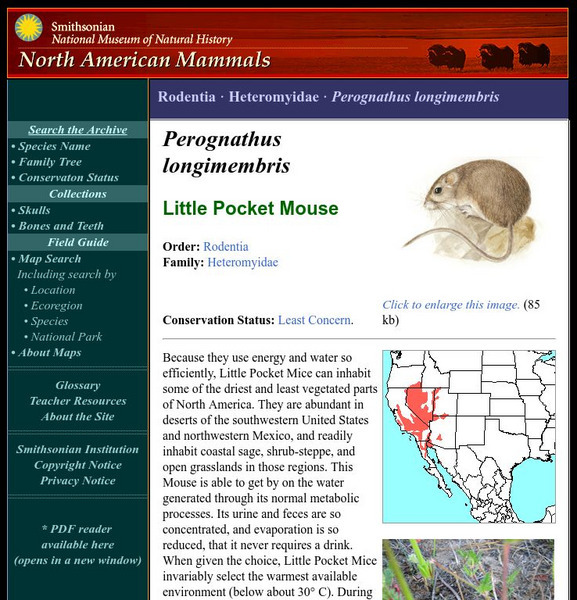Alabama Learning Exchange
Alex: Regions of the United States
This lesson provides a variety of activities for the student to become aware of the regions in our country. They will learn the geography and natural resources and how these influence the way of life of the people living in a region.
Department of Defense
Do Dea: Ap Us History: Unit 3: The Growing Republic
This extensive learning module examines how the United States' efforts to increase foreign trade, add new territory, and isolate itself from Europe affected its foreign policy and other initiatives. It investigates how advances in...
Ducksters
Ducksters: Native American History for Kids: Tribes and Regions
Kids learn about where Native American Indian tribes and regions in the United States on this site.
NPR: National Public Radio
Npr: The Iraq War: 10 Years Later, Where Do We Stand?
The U.S. invasion of Iraq was ten years ago this week. This article describes the impact that the war has had on both the U.S. and Iraq, as well as other countries in the region.
Smithsonian Institution
National Museum of Natural History: American Mammals: Mountain Cottontail
At dawn and dusk in the mountainous regions of the western United States, the Mountain Cottontail forages for sagebrush, western juniper, and grasses, almost always close to cover. As befits a rabbit that lives where it gets very cold,...
Smithsonian Institution
National Museum of Natural History: American Mammals: Little Pocket Mouse
Because they use energy and water so efficiently, Little Pocket Mice can inhabit some of the driest and least vegetated parts of North America. They are abundant in deserts of the southwestern United States and northwestern Mexico, and...
Smithsonian Institution
National Museum of Natural History: American Mammals: Pallid Bat
Common throughout its range, the pallid bat occurs in arid and semi-arid regions throughout northern Mexico and the western United States. Pallid bats eat beetles, grasshoppers, and moths, and they forage for slow-moving prey, such as...






